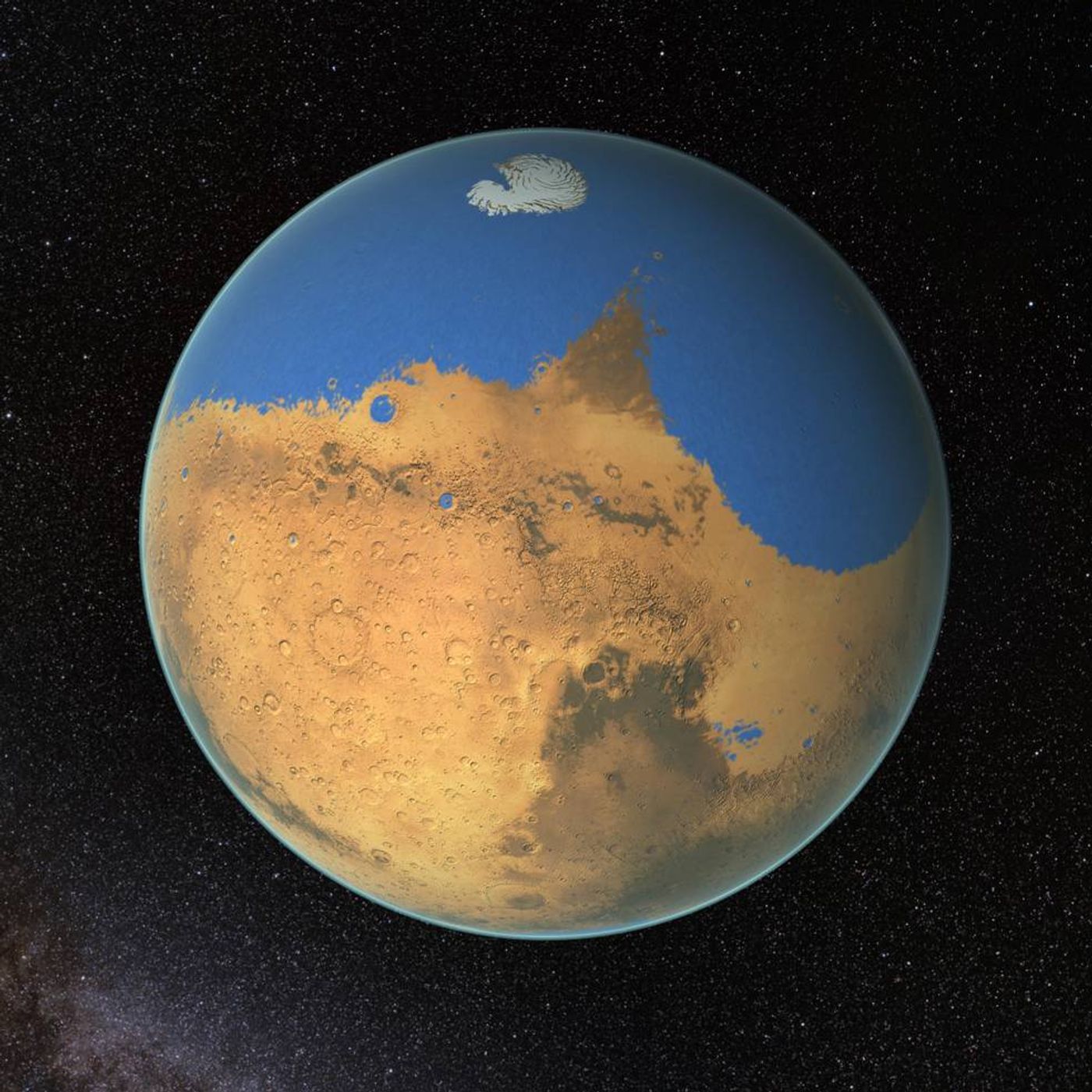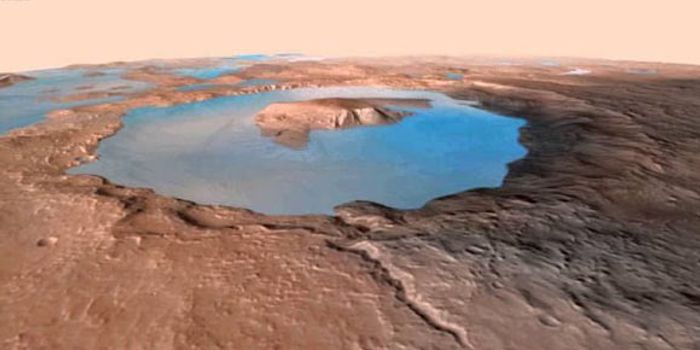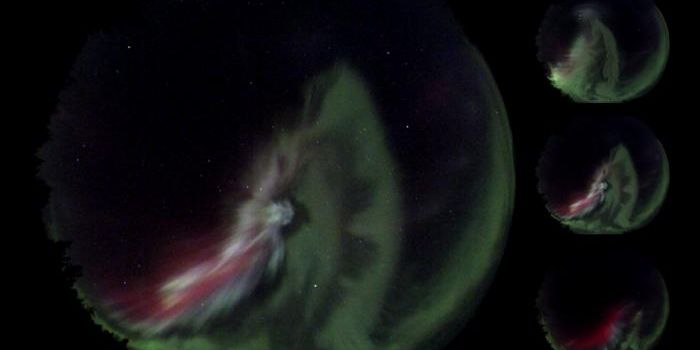New Evidence Suggests Ancient Northern Ocean on Red Planet
In a recent study published in the Journal of Geophysical Research: Planets, a pair of researchers examined topographic maps via Mars orbital images to determine that a large ancient ocean once existed in the northern hemisphere of the Red Planet billions of years ago in a region known as Aeolis Dorsa. This study holds the potential to help us better understand the evolution of Mars over time and was conducted using stereo-pair elevation models from the Context Camera onboard the Mars Reconnaissance Orbiter.
"What immediately comes to mind as one the most significant points here is that the existence of an ocean of this size means a higher potential for life," said Dr. Benjamin Cardenas, who is an assistant professor of geosciences at Penn State, and lead author of the study. "It also tells us about the ancient climate and its evolution. Based on these findings, we know there had to have been a period when it was warm enough and the atmosphere was thick enough to support this much liquid water at one time."
For the study, the researchers used topographic data to illuminate a 3.5-billion-year-old, 900-meter-thick shoreline spanning hundreds of thousands of square kilometers. What made this shoreline stand out was the large accumulation of sedimentary deposits, which only occur where water is/was present.
"The big, novel thing that we did in this paper was think about Mars in terms of its stratigraphy and its sedimentary record," said Dr. Cardenas. "On Earth, we chart the history of waterways by looking at sediment that is deposited over time. We call that stratigraphy, the idea that water transports sediment and you can measure the changes on Earth by understanding the way that sediment piles up. That's what we've done here -- but it's Mars."
There are multiple studies either already published or about to be published that examine Earth analogs of sedimentary deposits, along with up close deposits on Mars observed by NASA’s Curiosity rover.
Sources: Journal of Geophysical Research: Planets
As always, keep doing science & keep looking up!









